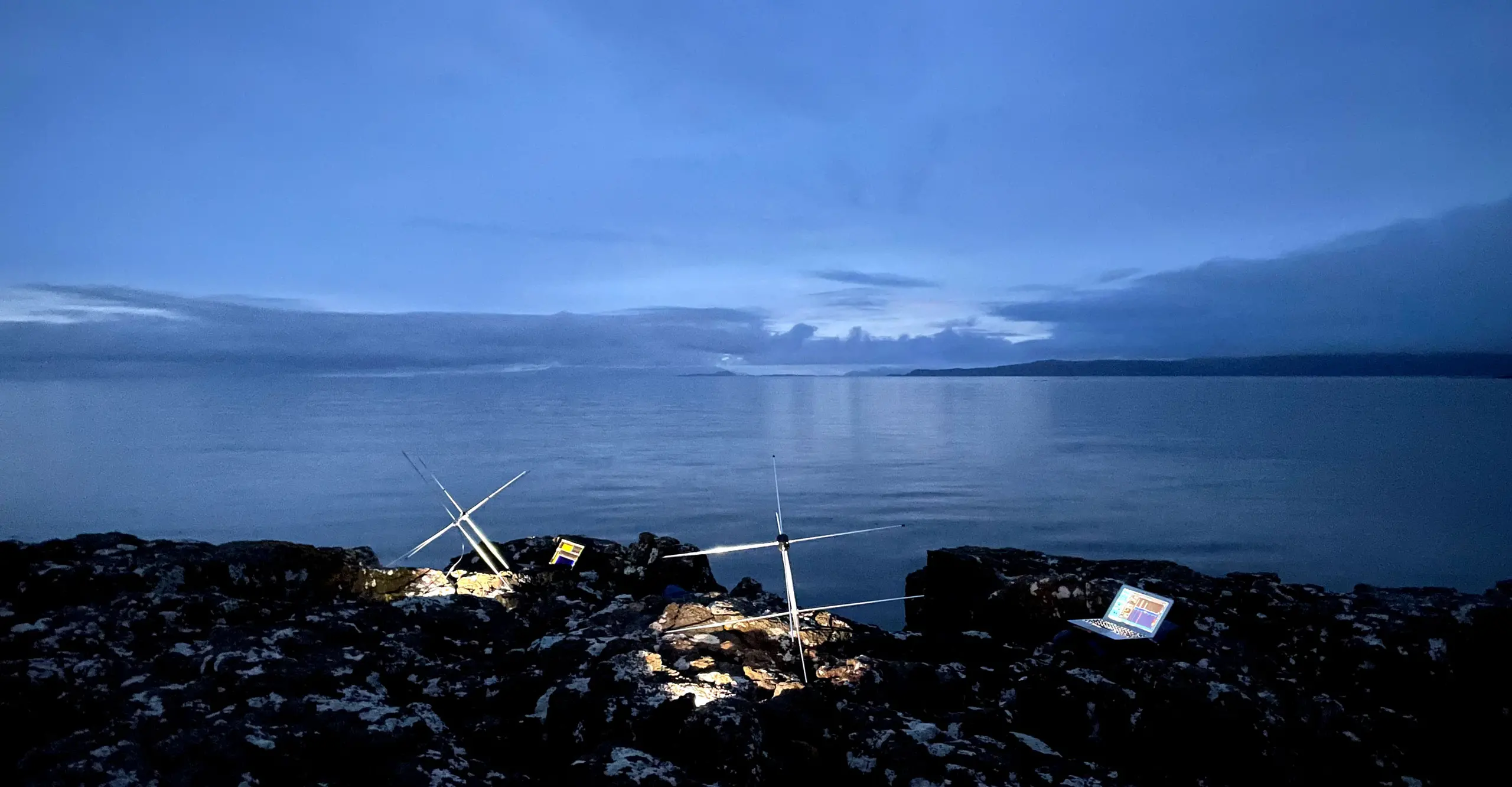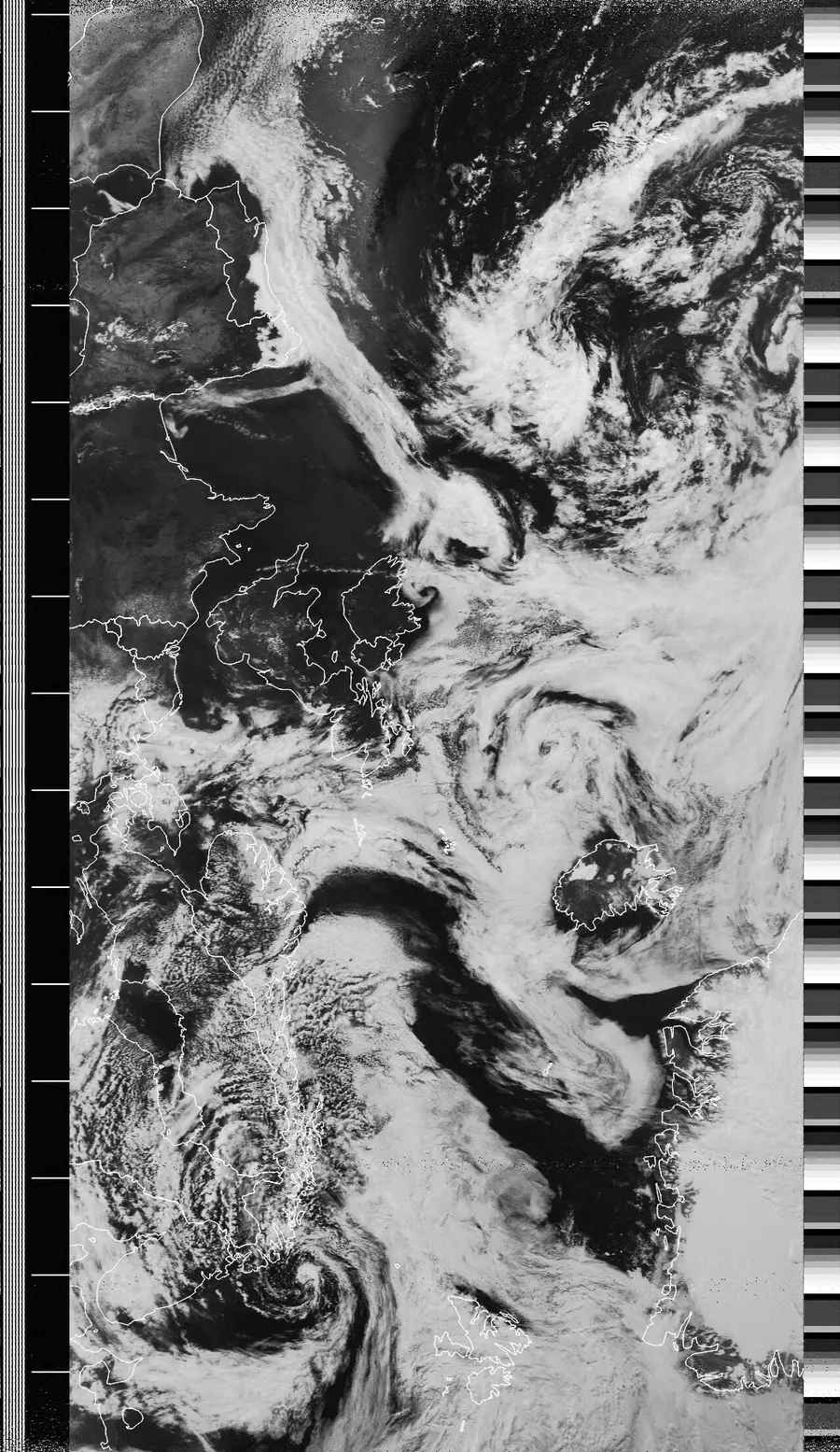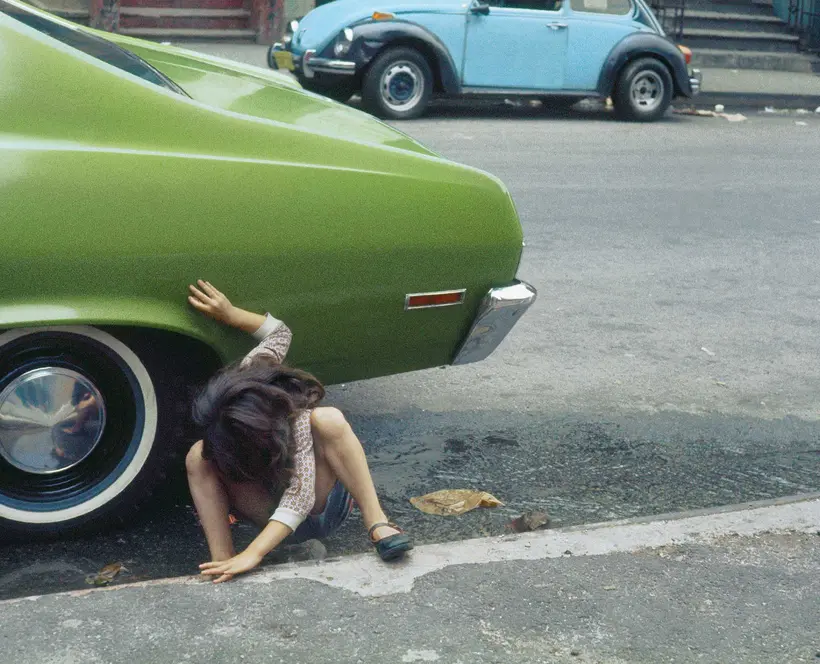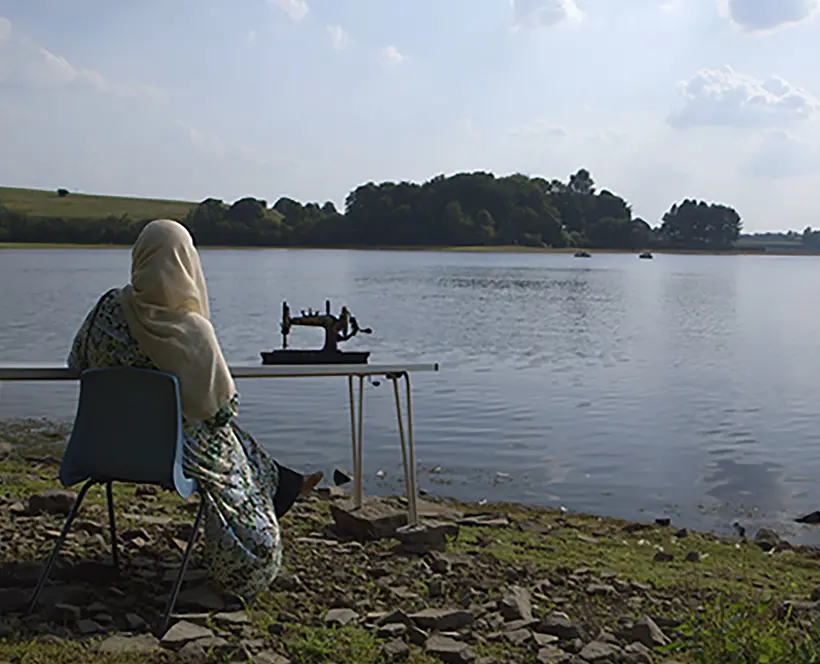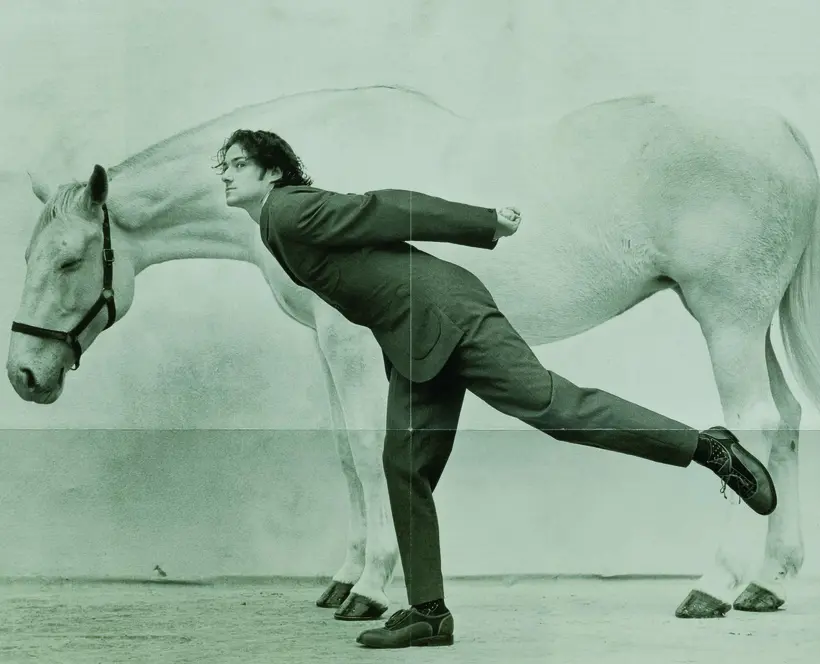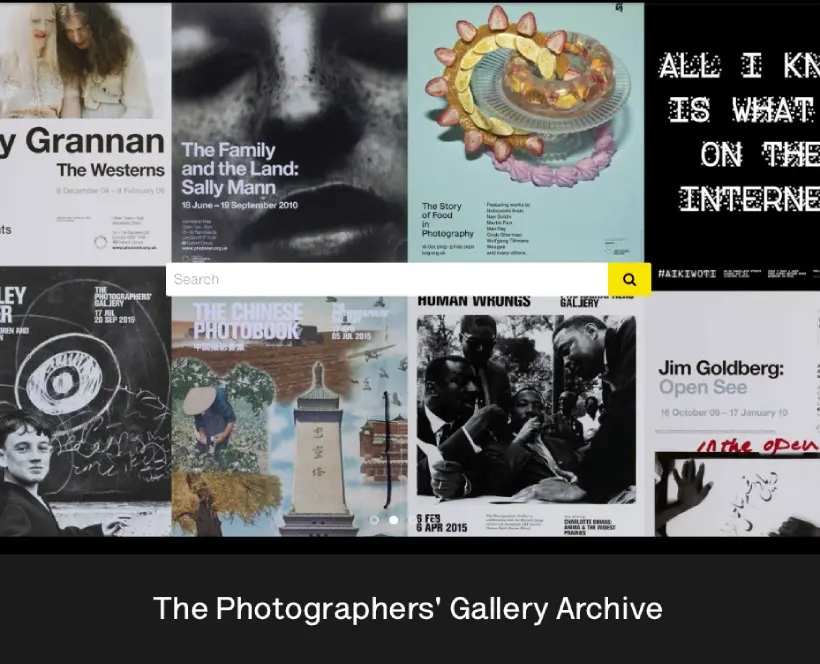What would it mean to collectively image, and in doing so, reimagine the planet? To see its details and patterns from multiple perspectives and many situated positions? If we could each take a photo of our home from space, could we build a patchwork, an impossible view, another whole earth?
On the first day of the COP26 climate conference in Glasgow, a network of people operating DIY satellite ground stations around the world will capture a collective snapshot of the Earth and its weather systems: a ‘nowcast’ for an undecided future. Tuning into transmissions from three orbiting National Oceanic and Atmospheric Administration (NOAA) satellites, members of the network will collect imagery and submit field notes from their geographical locations. Combined, these contributions will generate a polyperspectival (from many angles) image of the earth. Led by open-weather (Sophie Dyer and Sasha Engelmann) with Rectangle (Lizzie Malcolm and Daniel Powers), the artwork is a feminist experiment in imaging and reimagining the planet in an era of climate crisis.
Join the Screen Walk with open-weather to learn more about this project in a live streamed presentation. Book a seat on the DIY satellite ground station workshop to explore feminist approaches for capturing and decoding weather images, while building and taking home a DIY satellite ground station.
'When I imagine the earth, I imagine another' forms part of a programme of activities to coincide with the COP26 climate meeting in partnership with CCIC Tabakalera, in Donostia - San Sebastián, Spain.
Open-weather is a feminist experiment in imaging and imagining the earth and its weather systems using DIY community tools. Co-led by researcher-designer Sophie Dyer and creative geographer Sasha Engelmann, open-weather encompasses a series of how-to guides, critical frameworks and public workshops on the reception of satellite images using free or inexpensive amateur radio technologies. In the tradition of intersectional feminism, open-weather investigates the politics of location and interlocking oppressions that shape our capacities to observe, negotiate, and respond to the climate crisis. In doing so, open-weather challenges dominant representations of earth and environment while complicating ideas of the weather beyond the meteorological.
